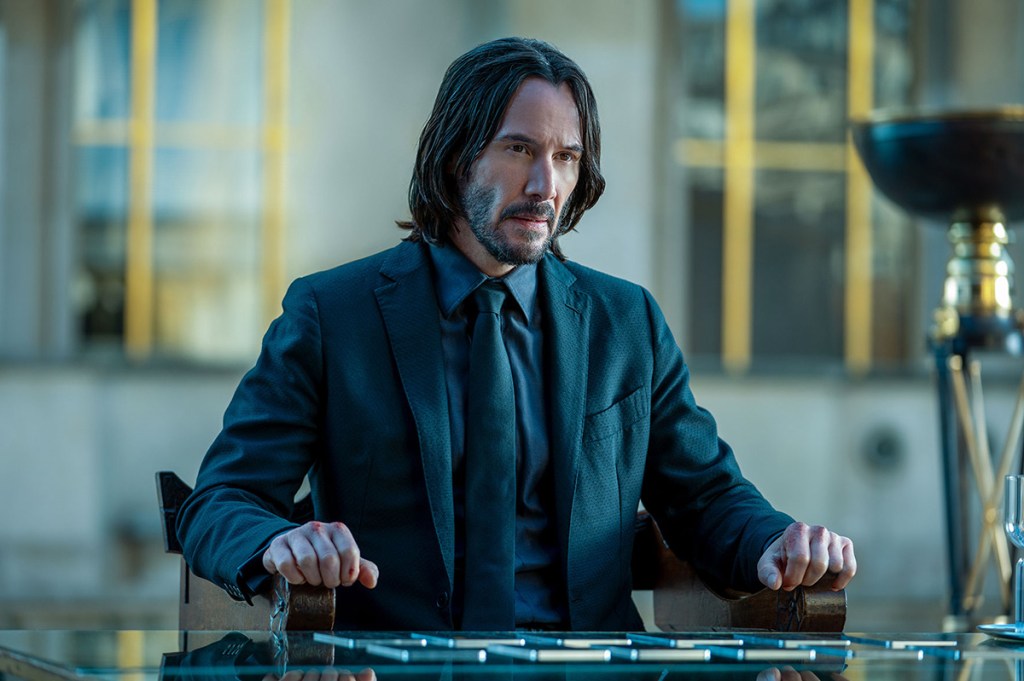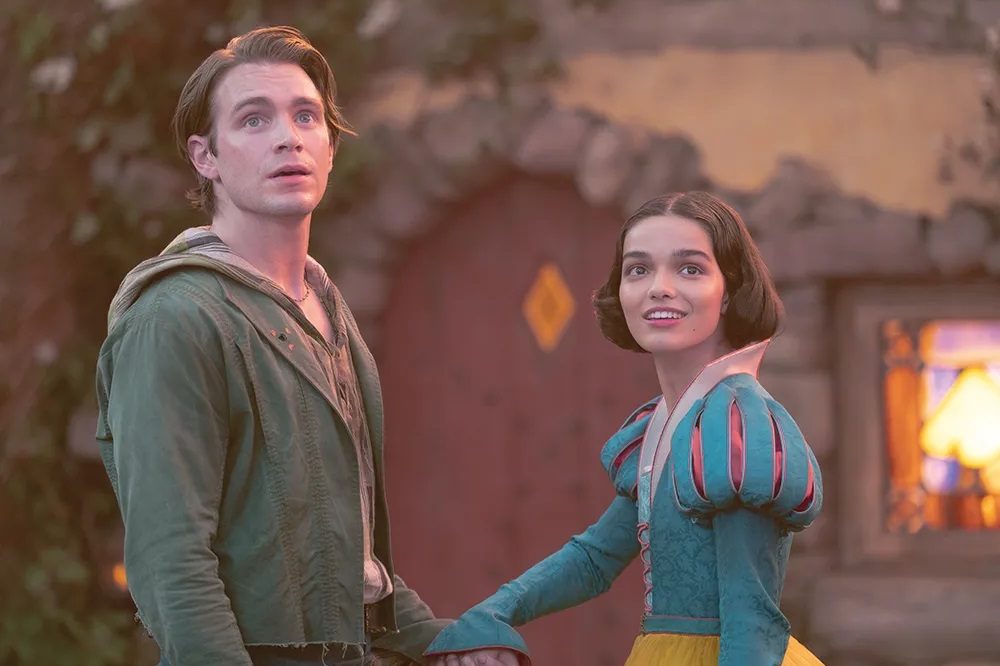Fourth installments of mega-franchises don’t exactly have the greatest reputation — just think of The Phantom Menace, The Matrix Revolutions, Live Free or Die Hard and Jaws: The Revenge, to name a few. By this point, film sagas are usually bogged down by their own internal mythologies and find themselves replaying familiar beats in a bid to recapture the magic.
But every so often, there’s that Mad Max: Fury Road, an utterly unexpected burst of wild creativity that outdoes its predecessors. And John Wick: Chapter 4 is such a triumph.
As Chapter 4 begins, legendary assassin John Wick (Keanu Reeves) is at odds with the High Table, the governing authority of the assassin underworld. In lieu of the free-for-all that kicked off Chapter 3, this time around the Table has delegated its enforcement authority to the Marquis de Gramont (Bill Skårsgard).
As powerful as the Marquis is, for Wick this is a plus: if he can take down the Marquis in a ceremonial duel, he’ll be freed from his obligations to the Table and can live out his years in peace. To issue a challenge in the first place, though, he must be a member of a family bearing a ceremonial crest — and Wick has never been particularly good at cultivating allies. The whole thing plays out like a magical realism novel with more bloodshed (though not too much — Chapter 4 is actually rather tamer than its predecessors. Nobody gets their skull split with a library book this time).
;768:[300×250,336×280,320×100];0:[300×250,320×100,320×50]”]It’s an admirably sleek plot, unencumbered by the overwrought worldbuilding that bedevils so many sequels. Various peripheral characters — Ian McShane’s sophisticated Winston, Laurence Fishburne’s Bowery King, the late Lance Reddick’s Charon, and others — cycle in and out of frame, but this isn’t their story. Donnie Yen’s Caine, a modernization of the classic “blind samurai” archetype, is a great addition to the Chapter 4 mix: this time around Wick gets an adversary with some real panache, not just another Eastern European thug.
Nobody goes to a John Wick film for the story, though. And if it’s cutting-edge action you’re after, Chapter Four delivers the goods. This installment features three major action set pieces— Osaka, Berlin and Paris — and all are fantastically memorable. We get blade-to-blade duels in candlelit gardens, ax battles silhouetted against blinding neon club lights and shootouts in the traffic loop around the Arc de Triomphe, to name just a few. The third act delivers some of the most remarkable action scenes I’ve ever seen in an American movie — ranking with the likes of Park Chan-wook’s Oldboy and Gareth Evans’s The Raid: Redemption.
The reason is clear enough: virtually no one does combat choreography or cinematography better than director Chad Stahelski. In lieu of the fast-cuts and handheld camera work that the Bourne franchise made ubiquitous, Stahelski’s action is always smooth and deliberate, like a well-balanced Scotch. Every punch and gunshot feels visceral and real — even if characters do tend to walk off debilitating injuries with relative ease.
As fun as the action is, though, Chapter 4 isn’t just a study in mindless mayhem. Like Chapter 3, this installment plays around with some interesting religious motifs. It would be easy for a film like this one to become a generic man-against-the-system thriller, with Wick shooting his way through every last High Table goon. But that’s not what happens onscreen. Wick is no Daenerys Targaryen seeking to “break the wheel”; rather, he must invoke the Table’s own “Old Ways” in an effort to finally satisfy its claim upon him. Whatever the High Table represents, it seems to be something like the divine, cosmic order of things, or what my own Lutheran tradition would call “the Law.” This is a kind of authority that can never be overthrown, but whose demands must ultimately be satisfied. Atonement, not self-actualization, is Wick’s endgame here. It’s an unusually nuanced idea for a popcorn actioner.
All these plot points take time to set up, and Chapter Four is a very long action epic, clocking in at almost three hours. But strangely enough, you don’t feel the length. Four movies in, everything still feels fresh and compelling enough to sustain momentum the whole time. And that’s nothing short of revelatory.
;768:[300×250,336×280,320×100];0:[300×250,320×100,320×50]”]Against the odds, Reeves and Stahelski have delivered the strongest installment of the series yet. This is what action filmmaking should be.





















